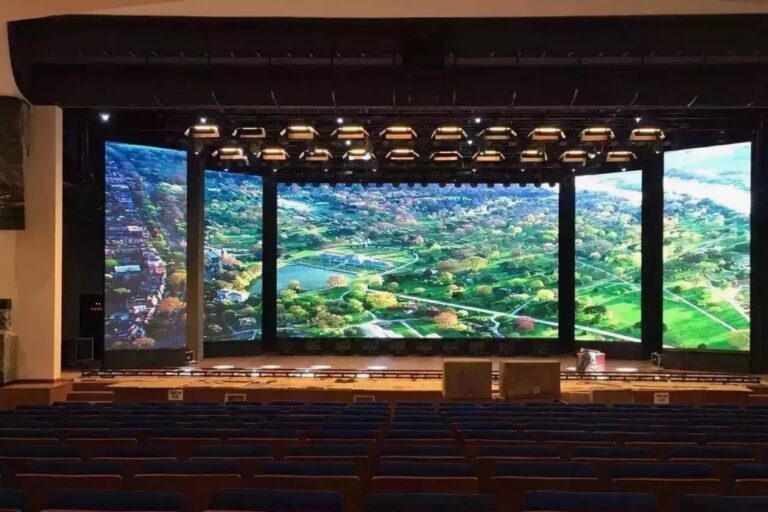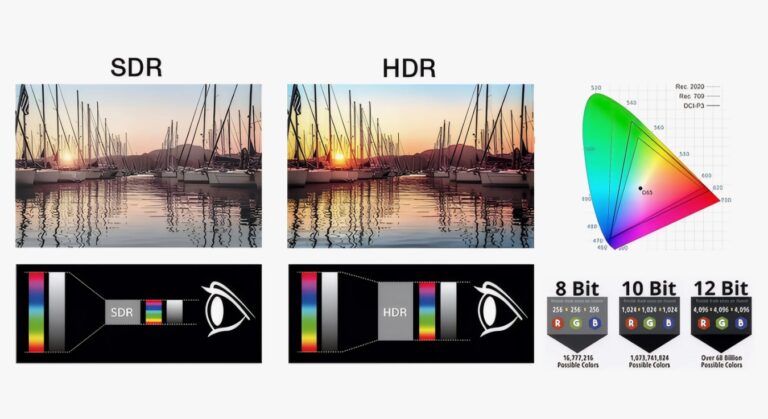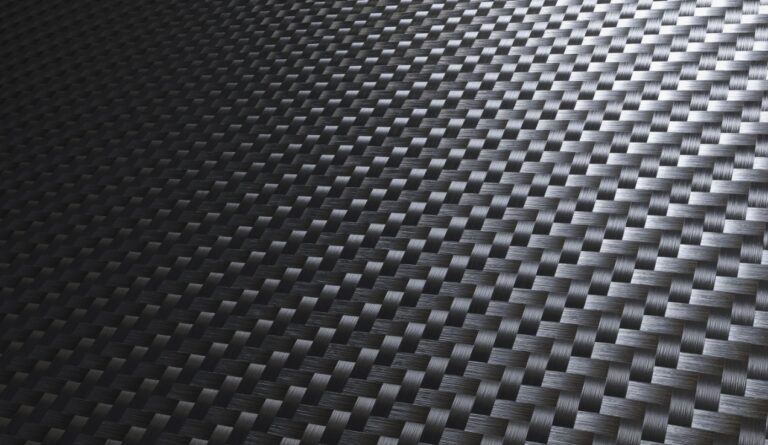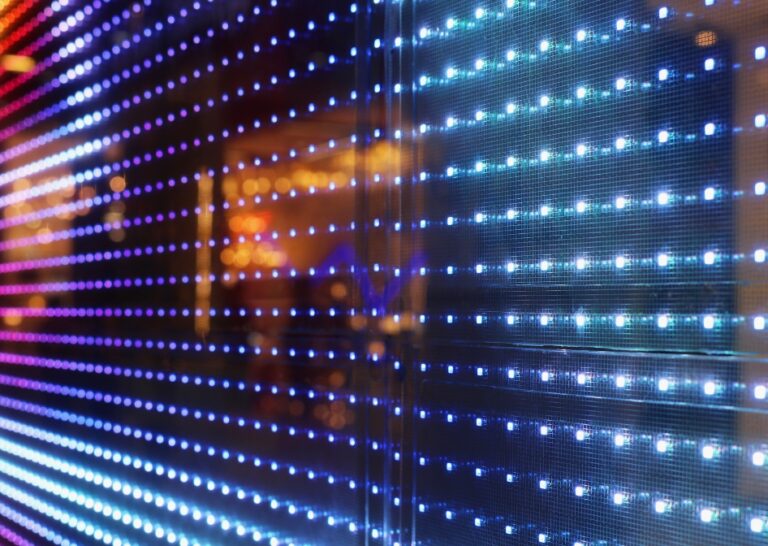LED display processor is a dedicated electronic device used to control and manage LED display. It usually consists of hardware and software. The processor receives, processes and outputs images, videos and other content on the LED display to achieve the display effect.

LED display processors usually have the following functions:
Image and video processing: The processor is able to receive image and video signals from different information sources and process and transform them to suit the resolution, color space and brightness requirements of LED displays. It can scale, crop, color correction, brightness adjustment and other operations for images and videos to ensure the clarity, authenticity and stability of images and videos on the LED display.
Data transmission and control: The processor can transmit the processed image and video signals to the LED display through different data interfaces, such as HDMI, DVI, VGA, network cable, etc. At the same time, the processor can also receive control signals from users or external devices, such as brightness adjustment, screen switching, display effect Settings, so as to achieve remote control and management of the LED display.
Fire alarm and monitoring: Some advanced LED display processors are also equipped with fire alarm and monitoring functions. When the LED display fails or fires, the processor can send an alarm signal in time, and monitor the running state of the display in real time through the monitoring system, so as to ensure the safe operation of the display.
Hardware configuration and management: The processor is also responsible for managing the hardware configuration of the LED display, such as pixel count, brightness adjustment, gray level, etc. By setting and managing the processor, users can adjust and optimize the hardware parameters of the LED display to obtain the best display effect.
Energy Saving management: Some advanced LED display processors also have energy saving management functions, which can automatically adjust the brightness, power consumption and working mode of the display according to different environment and usage conditions, thus reducing energy consumption and extending the service life of the display.
LED display processor plays an important role in LED display system, through the image and video processing, data transmission and control, as well as hardware configuration and management and other functions, to achieve high quality display and remote management of LED display, which is widely used in indoor and outdoor LED display, billboard, stage background, commercial display and other occasions. Different processor brands and models have different performance and features, users can choose their own LED display processor according to specific needs.





